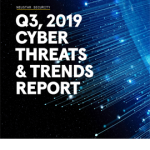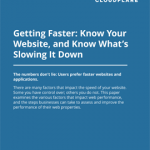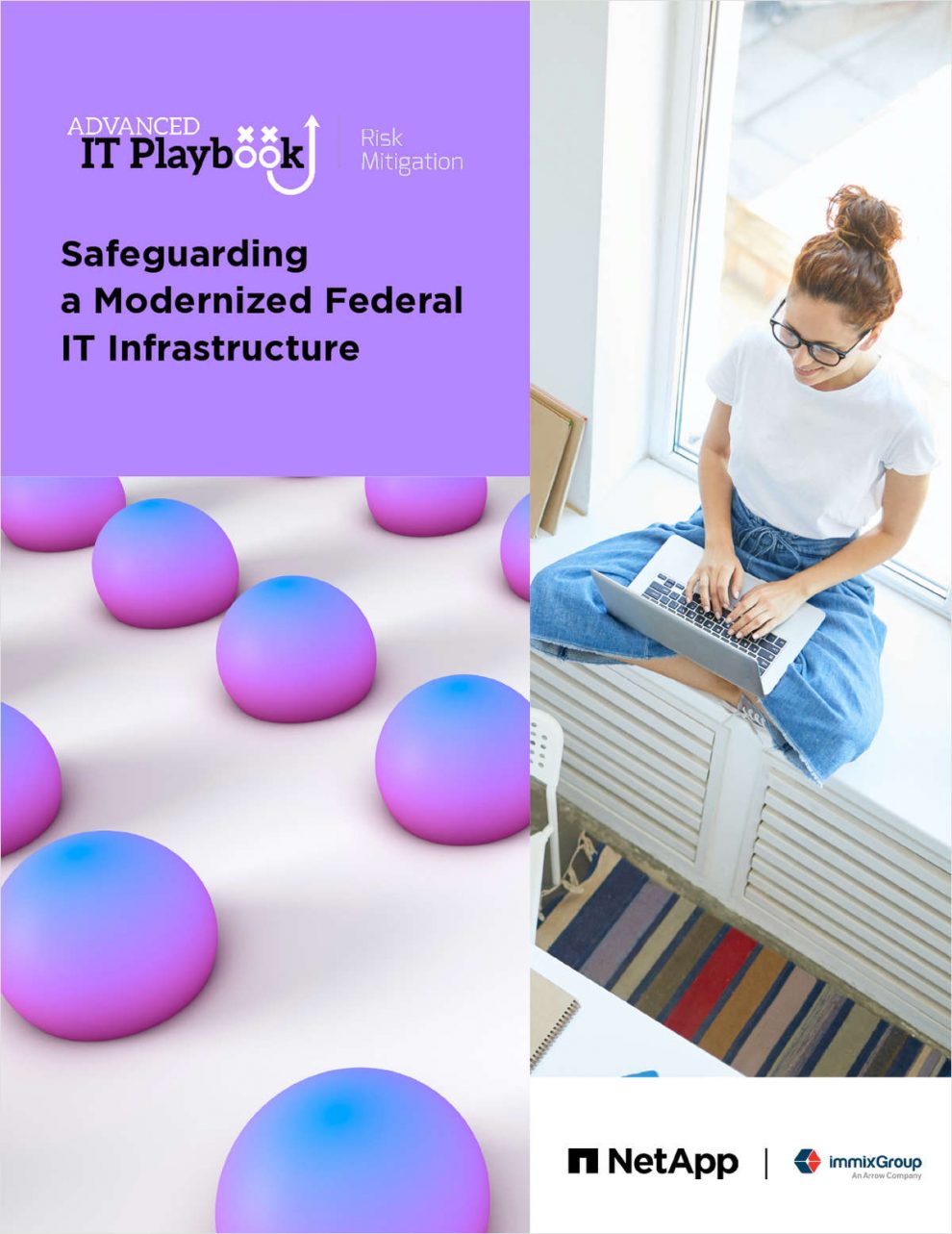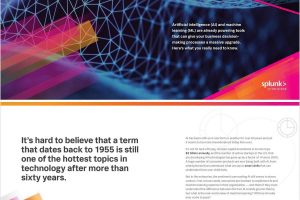In order to take full advantage of modernization while still meeting the high public-sector expectation around security, government needs a new approach. Its leaders need a new way to rationalize the data and application infrastructure, to move data seamlessly between on-premises storage and cloud. And they need commonality: The ability to apply common security policies across all their data and systems.
Everything that enables government to support the new work-from-home environment also increases the risk. Every new expansion of the work surface creates new potential for malicious exploit. As agencies move high numbers of users to end-user computing (EUC) and virtual desktop infrastructure (VDI) solutions, they need infrastructure solutions that are always available, massively scalable — and highly secure.
The rise of COVID-19 has rapidly accelerated the push for digital transformation. Government has demonstrated tremendous agility in shifting to a work-at-home paradigm. Agencies that previously shied away from telework — either for cultural, fiscal, or security reasons — suddenly have found both the will and the resources to make it happen, in order to meet the requirements of a COVID-driven environment. That’s all to their credit. From a security perspective, however, this has dramatically increased the digital footprint and along with it, expanded the potential attack vectors. There’s a heightened imperative to secure the path between where people are working,and where the data resides.
Looming over all this is the threat of ransomware. In 2019, state and local governmental entities experienced dozens of instances of data held captive by bad actors, and federal agencies are also concerned about this rising security risk. They need an approach to managing data and systems that offers deeper protection: Not only detection, but reliable and simplified tools for remediating such attacks and restoring operations quickly and seamlessly.
















Add Comment